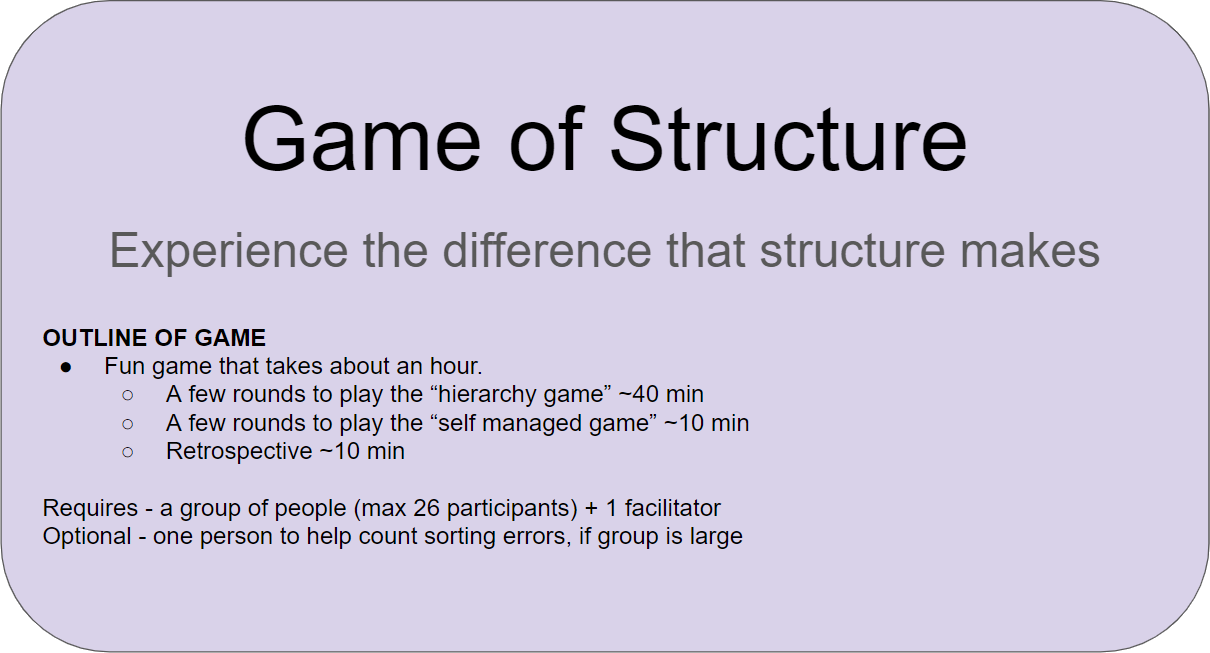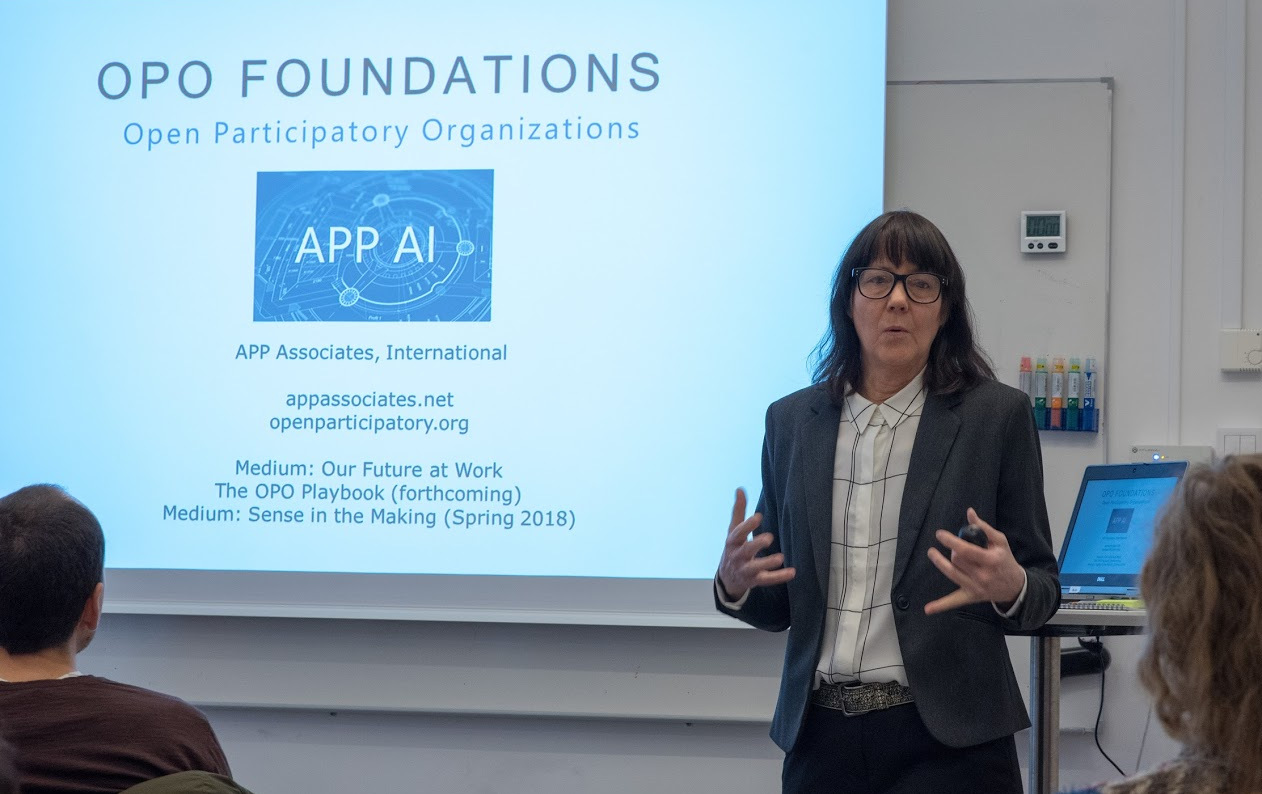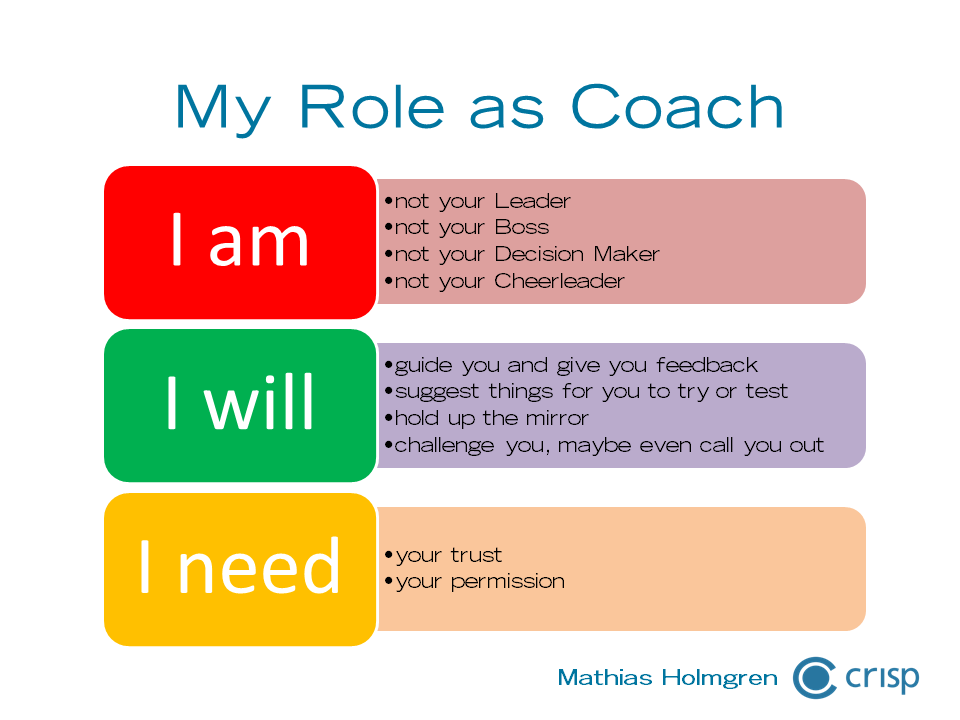A few days ago I was asked an interesting question by a product team coach at a new client that I want to share with you. Q: – What can I do to help my team practice discovery? I understand it for customer experience facing teams, but my team is an enabling platform team. What
Continue readingMathias Holmgren
How to transform to Empowered Product Teams – FAQ #3
Q: For years now our technical architecture and platform have limited us to use component teams. We are excited by empowered product teams, but because of this setup we experience barriers to getting started. What can we do to change this? Each of our teams is typically responsible for one or a few modules in
Continue readingHow to transform to Empowered Product Teams – FAQ #2
Q: What is the best way to get customers and empowered teams closer so they could understand each other? And keep up with it so it is not a one time thing. In our organization we have done a few experiments with customers, but we have been struggling to make it a regular and deliberate
Continue readingHow to transform to Empowered Product Teams – FAQ #1
Q: How can we get better at throwing away ideas that our teams have already started to develop, but do not see market traction from? In our organization we often miss out on the discovery part of building products. We often have a sense of urgency to get on with it and start to develop
Continue readingAdvice to become ready for a transformation
How to prepare and align as a leadership team for a major change in your organization
You are a senior leader in your organization, and you are facing some challenges. You have had that slow hunch for some time now that there are plenty of things that are just not right. Things beyond just individual isolated problems. People in your organization often bring up small things that should be looked at because they seem to be connected to plenty of recurring friction points in several places that hold people back.
You have also come to realize that there are a few big things we have to change to really tap into our potential. If we don’t, our goals may never come within reach. Maybe even worse, we may risk losing ground.
You feel you share this view with some of your colleagues on your senior leadership team. But you are not certain to what extent they see what you see and how they would explain what needs to change.
You want to take the initiative, but you are not sure about how.
How do we know if we are ready to start a major change effort, and what do we need to do to get there if more work is needed?
Integrating Discovery & Delivery – Patterns that work

This is the second article in my series on integrating discovery and delivery. In the first article I outlined some common challenges I have seen holding organizations back from benefiting fully from both.
In this article I will introduce some patterns that will help you integrate product discovery and product delivery in a way that works. These patterns have all been field tested in practice.
Continue readingIntegrating Discovery & Delivery – Common Challenges

Most organizations that I meet in my work are struggling to integrate product discovery and agile delivery in a simple practical way that works.
I will illustrate what I mean by giving you examples of a couple of very common issues.
Continue readingPlaying with Power – Game of Structure, Beta version
Two years ago I created a simple role-play card game called Game of Structure. After trying it out a couple of times it has been sitting idle, and what fun is that? So now I am making it available with this post.
=> Game of Structure – Beta version
The game is Creative Commons Attribution 4.0, so you may use it freely as long as you honor it’s origin. If there is enough interest I may go ahead and create a physical card deck based on this game.
What type of game is this?
The idea is to offer an experience of how a single hierarchy of fixed power roles can generate some common patterns of stuck attention, conversation and challenge that we frequently see in organizations. Often we spend a lot of time managing those conversations without seeing that some of them may emerge just from the power structure itself as a design choice. If we can experience that this may be the case we can talk about it and consider redesigning those structures rather than having to fix these challenges directly.
This game helps you see and experience some of the load of this extra complexity. Have fun!
Disclaimer – The game is fun as it is but I invite you to be a little careful when drawing conclusions from it – there may be some fallacies and traps! If you want to dive down this perhaps sensitive and deeper rabbit hole, read on through the second part of this blog post.Continue reading
Q & A with Bonnitta Roy on Open Participation
Bonnitta Roy was one of the keynote speakers at last year’s Agile People Sweden conference and she also held a course here at Crisp last February on self-organization beyond the team using Open Participatory Organizations (OPO), which was very well received by our course attendants. She is coming back to Stockholm in November and we got the opportunity to sit down with her and ask some questions about open participation and her work on the future of organizational life.
What is open participation and why does it matter in organizational life today?
Organizations face continuous pressure to “level up” to new social and economic realities. This places enormous strain on legacy structures which are difficult to overhaul, and conventional management practices which are difficult to shed. Instead of offering yet another “off-the-shelf” product, we help people see simple but powerful opportunities to become more open and more participatory in their everyday ordinary work.
In agile software development there is the notion of refactoring when code has become too unruly and is increasingly built up in an ad hoc manner. Refactoring means starting over with clean, elegant code. It releases a tremendous amount of complexity from the system. Open participatory practices do the same for organizational structures. It releases complexity and affords more elegant ways to solve complex problems.
So OPO is basically a location based structure to self-organize and to self-manage in organizations?
Self-organization and self-management are core principles of open participation. Location-based-structure is one way to optimize them. It is the only way I know that also avoids the “law of suboptimization” which states that when you optimize the lower system, you suboptimize the higher (and vice-versa). This “law” leads to paradoxes in incentive systems that have to juggle rewarding individual merit, team performance, and company profits.
Locations are defined as mutually interdependent. No individual location can be defined outside of its context with larger strategic wholes; but the “whole” is not defined other than by the interdependent coherence of all the locations. The language of “location” helps reinforce the synergistic way of thinking. If you renovate your kitchen you are simultaneously adding value to your house, and to the experience of everyone who lives there. Similarly, in the OPO, people focus on making sure that the locations are healthy, and that the relationships between them are synergistic. This simultaneously adds value to the larger whole.
Let’s ask some frequently asked questions, as most readers may be new to these ideas.
Innovation Talk – an Introduction to Locations
A couple of weeks ago I was invited to give a keynote presentation at an internal innovation event hosted by one of the more pioneering product companies here in the Stockholm area. The organizers requested the name of their organization to remain undisclosed, but were happy to see a video recording of the talk shared
Continue readingBucket Estimation – How to estimate a really large backlog
So you have a LARGE backlog and you have decided that you need to estimate it.
Not on board? Still undecided? Go read my previous post on the tradeoffs between estimating and not estimating large backlogs.
Still reading? Ok, let’s get to it!
You can do larger scale estimation in MANY ways. What I will share with you here is just one way I have found to do it effectively, with enough accuracy at a reasonable cost. It requires some pre-conditions, such as having a team with an established way of working and some way of estimating on the team level, so it may not fit your situation. But if it does it is probably worth your time to check out.
Large Backlog – To estimate or not, that is the question!
Estimation seems to have gotten a bit of a bad reputation lately.
One misconception I sometimes see is that estimation beyond just a few weeks is “not agile”. Another trend is that some people advocate against doing estimation at all mostly because they view it as a beginner tool, so by not estimating we are no longer beginners.
To me doing estimation or not does not really say much about “how agile you are”. The way I look at it is that we should estimate when the reasons to do so outweigh the reasons not to do so. That simple.
In some scenarios this also includes doing estimation of large backlogs.
So in this article I want to share what I see as some of the reasons FOR and AGAINST doing estimation of a larger backlog. You can then decide for yourself if your situation justifies doing it or not.
Agile Coach to Team Relationship
The role or function of an agile coach can be be a bit of a challenge to wrap your head around if it is new to you. Depending on your situation and on agreements with people in your organization, an agile coach could work with a wide range of responsibilities. It could be working closely
Continue reading








